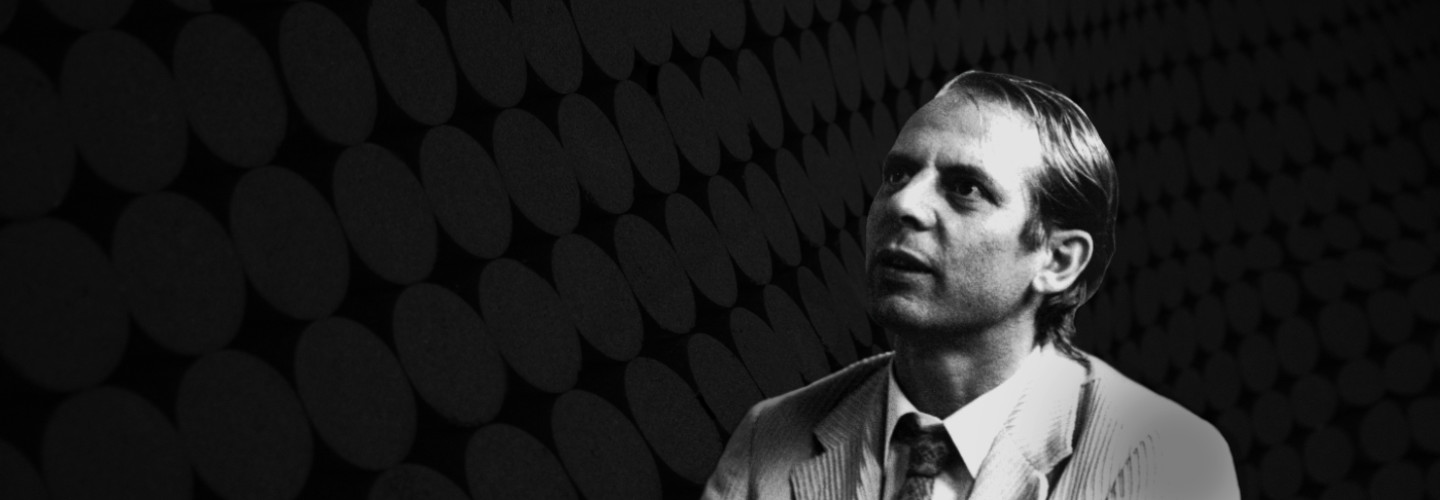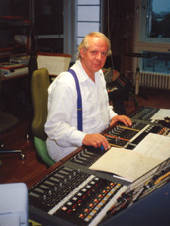

Karlheinz Stockhausen
Mikrophonie I
Stockhausen - Mikrophonie I for tam-tam, 2 microphones, 2 filters and potentiometers (6 players)
Translation, reprints and more

Karlheinz Stockhausen
Stockhausen: Mikrophonie I for 6 players, tam-tam, 2 microphones, 2 filters and regulator - Nr. 15Orchestration: for 6 players, tam-tam, 2 microphones, 2 filters and regulator
Type: Partitur
Audio preview
Work introduction
After completion of the work Kontakte for electronic sounds, piano and percussion in which stored electronic music on a tape is simultaneously played back together with the playing of two musicians, I was looking for closer connections between electronic and instrumental music. In 1964 I wrote Mixtur for orchestra, 4 sinus generators and 4 ring modulators and immediately after that came Mikrophonie I. In 1965 it was followed by Mikrophonie II for choir, Hammond organ and ring modulators.
In Mikrophonie I, musicians put a large tam-tam in vibration by means of various materials. Two musicians move the microphones by hand over the surface of the tam-tam and a third group of musicians transforms the recorded vibrations with electric filters and regulators. Together with the original sound of the tam-tams, they are simultaneously played back via loudspeakers. The division of the musical processes into three independent sectors (sound making, sound recording, sound transformation) makes it possible to continuously link all the instrumental experiences with the electronic sound technique. That way any source of sounds (traditional instruments, sound events of any nature) can be integrated in a sound composition which seeks coherence. Thus making the dualism between instrumental technique and electronic music disappear.
Furthermore, the title Mikrophonie points out that normally inaudible sounds (of a tam-tam) can be made audible by an active process of “auscultating” (comparable to the auscultating of a body by the doctor). The microphone contrary to its usually passive function as a playback unit becomes an active musical instrument. In Mikrophonie I the sound processing and the tape montage, which up to now took place exclusively during long working hours in the studio for electronic music, is carried out simultaneously with the making of the sounds and the result can be heard at once. It goes without saying that the then automatic, and in a short period of time controllable electronic process of sound transformation, has to be further developed.
One of the many reasons for this new method of sound composition, which are difficult to express in words, could be that the composer and the listener experience a so far unknown and unformed musical process as a personal happening for themselves and their world. At best it makes them speechless for a moment. Mikrophonie I had its premiere on the occasion of the music festival Reconnaissance des musiques modernes in Brussels on 9th December 1964. The work is dedicated to Alexander Schlee.
Karlheinz Stockhausen, 1965
Programme ignm Zürich, 1991
